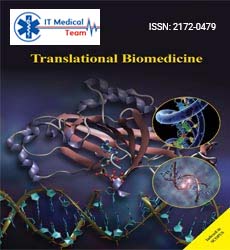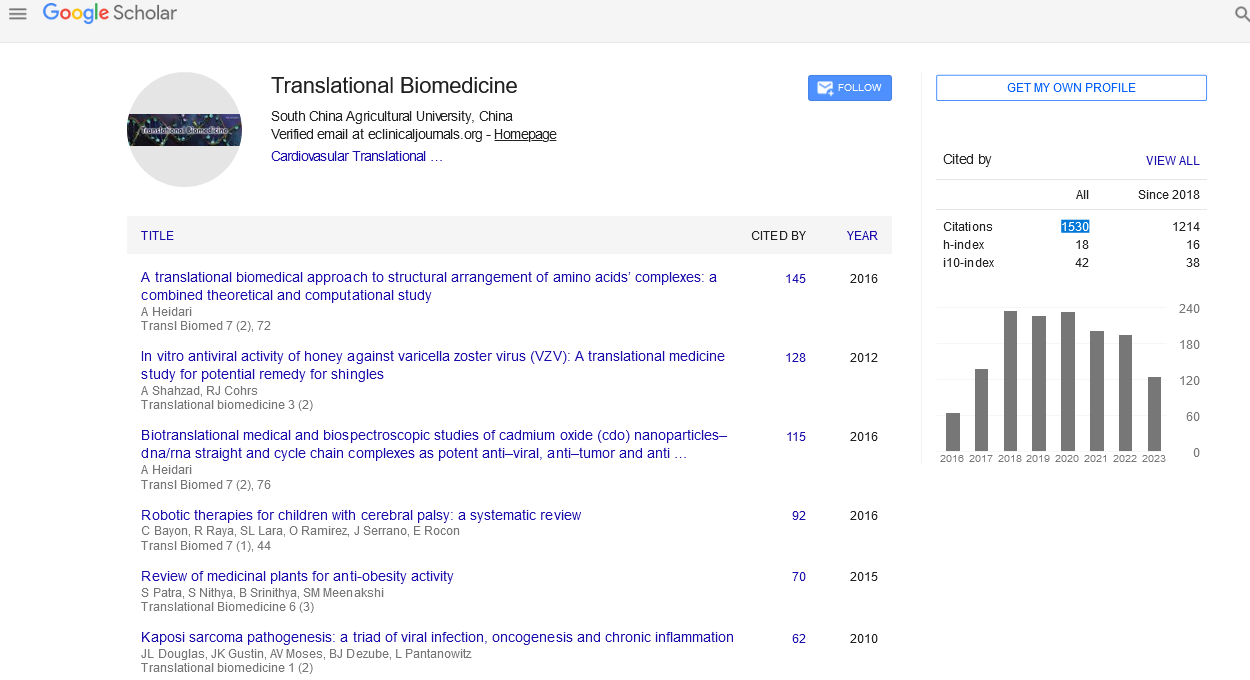In humans, neocortex represents about 85% of the total brain mass. Modern stereological methods have estimated that about 80% of neurons in neocortex are spiny and excitatory and form 85% of all synapses, while about 20% of the neurons are smooth and inhibitory, forming 15% of the synapses (1). Glutamate is the main excitatory neurotransmitter in the central nervous system and exerts its effects through the activation of several receptor subtypes. It mediates fast excitatory synaptic transmission between neurons through the Ionotropic receptors amino-3- hydroxy-5-methyl-4-isoazolepropionic acid (AMPA), N-methyl-d-aspartate (NMDA), Kainate and Metabotropic receptors. It has been suggested that dysregulation of the glutamatergic system is implicated in a variety of psychiatric disorders such as schizophrenia, major depression, aggression and substance use disorders.
Bahis siteleri uye ve giris adresleri: https://fbhesq.comhttp://ngsbahisgiris.xyzhttps://tipobet1.nethttps://klsbahis.comhttps://betparkgiris.xyz/https://perabetgiris.online, istediginizde islem yapabilirsiniz.
Major Depression
A large majority of studies have provided evidence of reduced glutamate metabolite levels in the frontal cortex and cingulate regions of patients with major depressive disorder in the midst of a current depressive episode [2,3]. First it was shown, by using microdialysis in vivo, that a single administration of the atypical antidepressant tianeptine, 30 minutes prior to acute restraint stress, completely abolished the increase of extracellular glutamate levels induced in basolateral amygdala by acute restraint stress [4]. In line with this rationale, ketamine, a nonselective NMDA-R antagonist mainly employed as a dissociative anesthetic, has been shown at subanesthetic doses to induce rapid (within 24 h) antidepressant effects that are sustained for at least several days after a single infusion, in at least four blinded pilot clinical trials [5]. Traditional limitation of strategies based on compounds targeting ionotropic glutamate receptors has been the presence of considerable side effects. An alternative has been offered by compounds affecting metabotropic glutamate receptors, which are crucial for the regulation of glutamatergic neurotransmission as well as for other neurotransmitters involved in mood disorders.
Aggression
Of the various glutamate receptors, NMDA receptors appear to be the most promising targets for pharmacological intervention in treating aggression. Glutamate activity has been localized to various brain regions in rat, including he hypothalamus, lateral septum, bed nucleus of the stria terminalis, and medial amygdala [6], areas of the brain implicated in aggressive behavior [7]. For instance, in rats, the “hypothalamic attack area” has been shown to possess dense glutamatergic activity [8], and infusion of L-glutamate itself into a similar region of the cat hypothalamus activates an aggressive response [9]. Clozapine differentially modulates and enhances frontal NMDA receptor density in chronically treated rodents reared in isolation [10]. Also lamotrigine’s antiaggressive effects may manifest due to blockade of voltage-gated Na+ channels [11] and A-type K+ channels as well as by inhibiting excitatory postsynaptic currents via voltage-gated sodium and calcium channel blockade [12] resulting in inhibiting overexcited neuronal activities without significantly altering basal rates. Pavlovic has shown that augmentation of clozapine with lamotrigine in patient with chronic schizophrenia synergistically decreased aggression [13].
Cocaine Dependence
Glutamate neurotransmission also plays a significant role in drug reward and reinforcement and glutamate receptors may be therapeutic targets for the treatment of cocaine dependence [14]. Recent preclinical studies reveal that glutamate projections from the prefrontal cortex to the nucleus accumbens are critical for cue-, stress- and cocaine-primed reinstatement of previously extinguished cocaine self-administration in animals [15]. The glutamate ionotropic receptor agonist AMPA infused into the nucleus accumbens reinstates cocaine selfadministration, whereas blocking translation and expression of the AMPA receptor subunit (by antisense oligonucleotides) attenuates this behavioral effect. Glutamate levels were also positively correlated with years of cocaine use suggesting that the changes in glutamate developed as a result of exposure to cocaine [16]. Neuroplastic changes occur in response to exposure to drugs of abuse, the persistence of these changes beyond termination of drug administration suggest these chronic changes may be involved in dependent users increased susceptibility to relapse to drug taking even after a period of abstinence [17]. Cocaine can induce Long Term Potentiation in the ventral tegmental area of excitatory afferents onto dopaminergic cells [18], which is mediated by AMPA and NMDA glutamatergic receptors [19]. Taken together, pharmacotherapies that mediate glutamate neurotransmission in particular could theoretically reverse aberrant cocaine-induced neuroplastic changes and prevent future relapse in humans [20,21]. Reversing long-lasting neuroplastic changes linked to glutamate dysregulation and relapse may provide greater benefit rather than targeting dopaminergic neurotransmission directly. Pavlovic has shown that biomodal action of lamotrigine due to its glutamatergic properties, significantly reduced craving by decreasing depressive symptoms and prevented relapses in patient with cocaine dependence [22].
Alcohol Dependence
Mesolimbic dopamine reward circuitry is composed primarily of dopamine-synthesizing neurons in the ventral tegmental area of the ventral midbrain that project rostrally to target regions such as the nucleus accumbens, amygdaloid complex and frontal cortex. Each of these regions receive substantial glutamatergic input [23,24]. In response to chronic inhibition of NMDA receptor function, repeated ethanol exposure induces an upregulation of various NMDA receptor subunits including in the cerebral cortex and hippocampus, ventral tegmental area and amygdala [25,26], regions that are critical for the reinforcing effects of ethanol. In addition to upregulating NMDA subunit expression, chronic ethanol also increases NMDA receptor functionality (i.e. conductance, cation influx, etc.) [27] and synaptic clustering of the receptor [28]. In animals and humans, this CNS hyperexcitability manifests itself as a propensity towards seizure-like activity, which can be suppressed by NMDA antagonists [29]. Pavlovic has shown that this hyperexcitability in withdrawal phase could be attenuated by lamotrigine due to its effect on glutamate and that reduction of craving and withdrawal symptoms lead to relapse prevention [30].
Currently numerous molecules affecting glutamatergic neurotransmission are in preclincal and clinical phase and are aiming to address most difficult to treat symptoms non-responsive to currently available drugs. Most advanced are testing on effectiveness of glycine transport inhibitors for negative symptoms in schizophrenia and metabotropic glutamate 2/3 antagonist for cognitive symptoms in depression. If successful the door of glutamate-specific therapies will finally be open.
Conflict of Interest
The author is employed at PRA International, Mannheim, Germany. The article reflect personal opinion of the author exclusively.
2488
References
- Douglas, R.J., Martin, K.A. Mapping the matrix: the ways of neocortex. Neuron. 2007; 56: 226-238.
- Michael, N., Erfurth, A., Ohrmann, P., Arolt, V., Heindel, W. et al. Neurotrophic effects of electroconvulsive therapy: a proton magnetic resonance study of the left amygdalar region in patients with treatment-resistant depression. Neuropsychopharmacology. 2003; 28: 720-725.
- Hasler, G. van der Veen, J.W., Tumonis, T., Meyers, N., Shen, J. et al. Reduced prefrontal glutamate/glutamine and gamma-aminobutyric acid levels in major depression determined using proton magnetic resonance spectroscopy. Arch Gen Psychiatry. 2007; 64: 193-200.
- Reznikov, L.R. Grillo, C.A., Piroli, G.G., Pasumarthi, R.K., Reagan, L.P. et al. Acute stress-mediated increases in extracellular glutamate levels in the rat amygdala: differential effects of antidepressant treatment. Eur J Neurosci. 2007; 25: 3109-3114.
- Zarate Jr., C.A. Singh, J.B., Carlson, P.J., Brutsche, N.E., Ameli, R. et al. A randomized trial of an N-methyl-D-aspartate antagonist in treatment-resistant major depression. Arch Gen Psychiatry. 2006; 63: 856-864.
- Csaki A, Kocsis K, Kiss J, Halasz B. Localization of putative glutamatergic/aspartatergic neuronsprojecting to the supraoptic nucleus area of the rat hypothalamus. Eur J of Neurosci. 2002; 16:55- 68.
- Cooper, JR., Bloom, FE., Roth, RH. Amino Acid Transmitters. The Biochemical Basis of Neuropharmacology. Oxford University Press. 2003. 105-150.
- Hrabovszky E, Halasz J, Meelis W, Kruk MR, Liposits Z, Haller J. Neurochemical characterization of hypothalamic neurons involved in attack behavior: glutamatergic dominance and co-expression of thyrotropin-releasing hormone in a subset of glutamatergic neurons. Neuroscience. 2005; 133: 657-666.
- Brody JF, DeFeudis PA, DeFeudis FV. Effects of micro-injections of L-glutamate into the hypothalamus on attack and flight behaviour in cats. Nature. 1969; 224: 1330.
- Comai S, Tau M, Gobbi G.The psychopharmacology of aggressive behavior: a translational approach: part 1: neurobiology. J Clin Psychopharmacol. 2012; 32(1): 83-94.
- Kuo CC, Lu L. Characterization of lamotrigine inhibition of Na+channels in rat hippocampal neurones. Br J Pharmacol. 1997; 121: 1231-1238.
- Huang CW, Huang CC, Liu YC. Inhibitory effect of lamotrigine on A-type potassium current in hippocampal neuron-derived 19-7 cells. Epilepsia. 2004; 45: 729-736.
- Pavlovic ZM. Augmentation of Clozapine’s Antiagressive Properties With Lamotrigine in a Patient With Chronic Disorganized Schizophrenia J Clin Psychopharmacol. 2008; 28(1):119-120.
- Bowers MS, Chen BT, Bonci A. AMPA receptor synaptic plasticity induced by psychostimulants: the past, present, and therapeutic future. Neuron. 2010; 67(1): 11-24.
- Cornish JL, Kalivas PW. Glutamate transmission in the nucleus accumbens mediates relapse in cocaine addiction. J Neurosci. 2000; 20(15): 89.
- Yang S, Salmeron BJ, Ross TJ, Xi Z-X, Stein EA, Yang Y. Lower glutamate levels in rostral anterior cingulate of chronic cocaine users - A (1)H-MRS study using TE-averaged PRESS at 3 T with an optimized quantification strategy. Psychiatry Res. 2009; 174(3): 171-176.
- Robinson, Terry E.; Kolb, B. Structural plasticity associated with exposure to drugs of abuse. Neuropharmacology. 2004; 47(Suppl 1): 33-46.
- Ungless MA, Whistler JL, Malenka RC, Bonci A. Single cocaine exposure in vivo induces long-term potentiation in dopamine neurons. Nature. 2001; 411(6837): 583-587.
- Bellone C, Lüscher C. Cocaine triggered AMPA receptor redistribution is reversed in vivo by mGluRdependent long-term depression. Nat Neurosci. 2006; 9(5): 636-641.
- Szumlinski KK, Ary AW, Lominac KD. Homers regulate drug-induced neuroplasticity: implications for addiction. Biochem Pharmacol. 2008; 75(1): 112-133.
- Pacchioni AM, Vallone J, Worley PF, Kalivas PW. Neuronal pentraxins modulate cocaine-induced neuroadaptations. J Pharmacol Exp Ther. 2009; 328(1): 183-192.
- Pavlovic ZM. Lamotrigine reduces depressive symptoms and craving in cocaine dependence J Neuropsychiatry Clin Neurosci. 2011; 23: 1-32.
- Heimer L, Alheid GF, de Olmos JS, Groenewegen HJ, Haber SN, Harlan RE, et al. The accumbens:beyond the core-shell dichotomy. J Neuropsychiatry Clin Neurosci. 1997; 9: 354-381.
- Groenewegen HJ, Wright CI, Beijer AV, Voorn P. Convergence and segregation of ventral striatalinputs and outputs. Ann N Y Acad Sci. 1999; 877: 49-63.
- Floyd DW, Jung KY, McCool BA. Chronic ethanol ingestion facilitates N-methyl- D- aspartate receptor function and expression in rat lateral/ basolateral amygdala neurons. J Pharmacol Exp Ther. 2003; 307: 1020- 1029.
- Grant KA, Valverius P, Hudspith M, Tabakoff B. Ethanol withdrawal seizures and The NMDA receptor complex. Eur J Pharmacol. 1990; 176: 289-296.
- Chen X, Moore-Nichols D, Nguyen H, Michaelis EK. Calcium influx through NMDA receptors,chronic receptor inhibition by ethanol and 2-amino-5-phosponopentanoic acid, and receptor proteinexpression. J Neurochem. 1999; 72: 1969-1980.
- Carpenter-Hyland EP, Woodward JJ, Chandler LJ. Chronic ethanol induces synaptic but Not extrasynaptic targeting of NMDA receptors. J Neurosci. 2004; 24: 7859- 7868.
- Danysz W, Dyr W, Jankowska E, Glazewski S, Kostowski W. The involvement of NMDA receptorsin acute and chronic effects of ethanol. Alcohol Clin Exp Res. 1992; 16: 499-504.
- Pavlovic ZM. Long-Term Treatment and Relapse Prevention of Alcohol and Benzodiazepine Dependence with Lamotrigine. J Neuropsychiatry Clin Neurosci. 2010; 22: 25-26.





